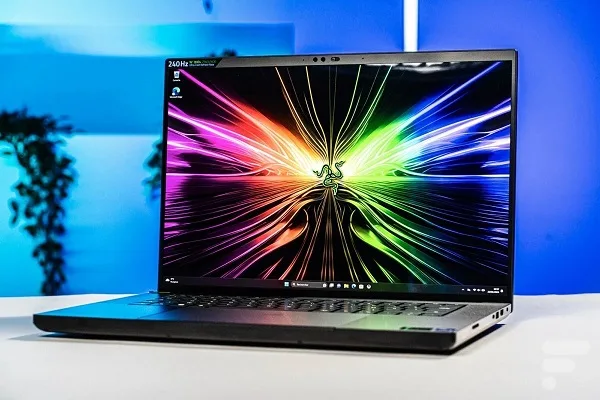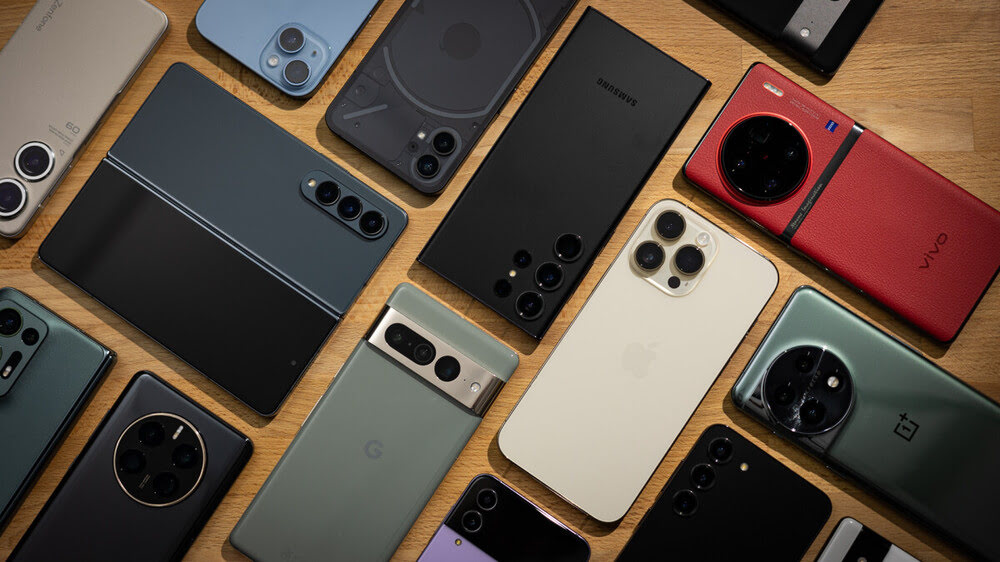Big Comparison: Google Pixel 7a vs Samsung Galaxy A54
In the ever-evolving world of smartphones, two mid-range contenders, the Google Pixel 7a and Samsung Galaxy A54, have emerged as frontrunners, offering a blend of innovation, style, and performance. This comprehensive comparison delves into the nuances that set these devices apart, helping you decide which phone might be the right choice for your needs.
The Google Pixel 7a and Samsung Galaxy A54 represent the latest in mid-range smartphone technology, promising high-quality features at a more accessible price point. Each phone has its unique selling points, from camera capabilities to processing power, making this comparison essential for potential buyers.
Appearance
The Google Pixel 7a continues the minimalist, functional design language of its predecessors, with a sleek body and distinctive camera bar. In contrast, the Samsung Galaxy A54 offers a more dynamic design, featuring a prismatic finish that captures light beautifully.
Convenience
Both devices prioritize user convenience but in different ways. The Pixel 7a integrates seamlessly with Google’s ecosystem, offering an unmatched software experience with timely updates. The Galaxy A54, meanwhile, impresses with its One UI interface, providing a smooth and customizable user experience.
Screen
When it comes to display, both phones boast impressive screens. The Pixel 7a features a 6.1-inch OLED display that promises vibrant colors and deep blacks. The Galaxy A54 steps up with a slightly larger 6.5-inch Super AMOLED screen, delivering bright, dynamic visuals and a higher refresh rate for smoother scrolling.
Memory
Memory configurations are crucial for performance. The Pixel 7a offers a generous amount of RAM and is available in multiple storage options, catering to different user needs. The Galaxy A54 matches this versatility, with ample RAM and expandable storage via a microSD card, a feature lacking in the Pixel 7a.

Performance
Under the hood, both phones pack sufficient power for everyday tasks and moderate gaming. The Pixel 7a is powered by Google’s custom Tensor chipset, optimized for AI and machine learning tasks. The Galaxy A54, equipped with Samsung’s Exynos chipset, balances power efficiency with performance, ensuring a smooth operation across applications.
Connection
In terms of connectivity, both devices support the latest standards, including 5G, Wi-Fi 6, and Bluetooth 5.0. However, the Galaxy A54 slightly edges out with its inclusion of additional features like Samsung DeX, which allows for a desktop-like experience when connected to a monitor.
Sound
Audio quality is another battleground. The Pixel 7a impresses with its stereo speakers, offering clear, robust sound for media consumption. The Galaxy A54 follows closely, with its own set of high-quality speakers, though some users may prefer the sound profile of the Pixel.
Photo
Camera capabilities often make or break a smartphone decision. The Pixel 7a shines with its photography prowess, thanks to Google’s computational photography, delivering stunning images even in challenging lighting conditions. The Galaxy A54, with its versatile triple-camera setup, provides flexibility for various photography styles, from wide-angle shots to macro photography.
Conclusion
Choosing between the Google Pixel 7a and Samsung Galaxy A54 boils down to personal preference and priorities. If photography and a clean software experience are your top priorities, the Pixel 7a is hard to beat. On the other hand, if you value screen size, expandable storage, and a customizable interface, the Galaxy A54 might be the better choice. Both phones offer a compelling mix of features and performance, making them excellent contenders in the mid-range smartphone market.





